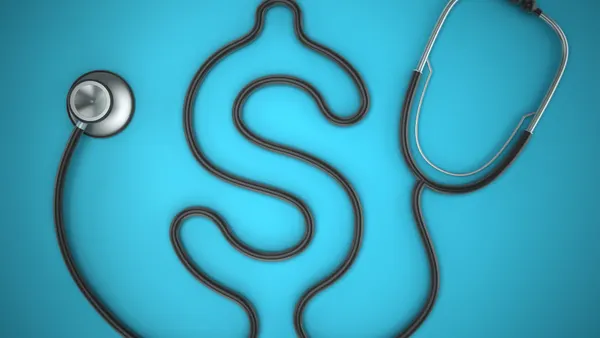Dive Brief:
- Sutter Health, a 24-hospital system in northern California, is putting $11.5 million into installing patient lifts at 19 ICUs and acute rehab centers across its network. That includes four hospitals in the Sacramento area.
- Three years ago, the not-for-profit network invested an initial $11.5 million to install overhead lifts at 21 affiliated sites.
- Overhead patient lifts are helping to improve employee and patient safety and clinical quality, Sutter Health said. Initial data, for example, show employee injuries from lifting and repositioning patients decreased by more than 50% since 2011 at Sutter-affiliated hospitals with overhead lifts.
Dive Insight:
Overhead patient lifts make repositioning and moving patients easier, safer and less strenuous, which will promote long, productive careers for its employees, Sutter Health said. It expects even better outcomes as it installs additional lifts and employees become more familiar with using them.
The problem of musculoskeletal injuries among healthcare workers is significant. The rate of overexertion injuries averaged across all U.S. industries was 38 per 10,000 full time workers in 2011, according to the Bureau of Labor Statistics. By contrast, the overexertion injury rate for hospital workers was twice the average (76 per 10,000), more than three times the average for nursing home workers (132 per 10,000), and more than six times the average for ambulance workers (238 per 10,000). The single greatest risk factor for healthcare workers' overexertion injuries? Manual lifting, moving and repositioning of patients.
Other factors complicate the picture further: a rising obesity rate in the U.S. makes some patients tougher to handle, for example, and an aging U.S. workforce now puts the average age of registered nurses at about 44. Using mechanical equipment and focusing on procedures to lift and move patients more safely and comfortably might make sense from many angles for hospitals considering such an investment.












